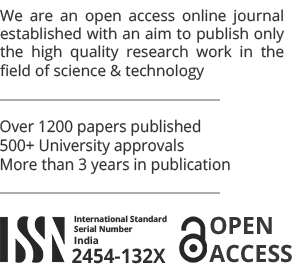Research Paper
FEA of automobile suspension system for vibration elimination
In this article the accurate and efficient calculation method for non-stationary random vibration analysis of large complex structures is one of the current research hotspots. According to the linear relationship between input and output of linear structure, the columnar problem of explicit expression of structural dynamic response is first discussed. Based on the above explicit expressions of dynamic response, a FEA method for non-stationary random vibration analysis of large complex structures is proposed for deterministic structural models and stochastic structural models. For the deterministic structure, according to the explicit expression of the dynamic response, on the one hand, the mean and variance of the structural response can be directly calculated by the operation law of the first moment and the second moment; on the other hand, Monte Carlo simulation can be implemented to obtain the structural response. The peak statistic and the solution to the structural dynamic reliability. The random vibration analysis of the vehicle environment was carried out for the equipment mounting structure. Firstly, the characteristics of the vibration environment of the suspension platform are discussed. The random sinusoidal vibration spectrum is transformed into pure random vibration by the principle of equal energy. Then the 3D model constructed by Pro-E software is used to import ANSYS for geometric processing and meshing. Finally, the finite element solution is solved by ANSYS software to obtain the displacement stress response of the structure under the vibration environment of the suspension, and the dynamic strength of the structure is carried out.
Published by: Akanksha Singh, Santosh Kumar Verma, Paveen Kumar Maurya
Author: Akanksha Singh
Paper ID: V5I4-1317
Paper Status: published
Published: August 13, 2019
Full Details

